In the realm of healthcare, effective communication is paramount to delivering quality care and ensuring patient satisfaction. One of the most fundamental aspects of this communication is understanding the correct terminology, especially when it comes to places like hospitals. While "hospital" in English is a straightforward word, its translation and understanding in various languages can be both fascinating and crucial for global healthcare collaboration. This article delves into the art of communication in hospitals, exploring how "hospital" is expressed in different languages and its implications on patient care and cultural sensitivity.
The English Term: "Hospital"
At the heart of this discussion, the word "hospital" in English simply denotes a facility that provides medical and surgical treatment, as well as accommodation for patients who require such care. It encompasses a wide range of services, from emergency care to long-term rehabilitation, and often includes a combination of inpatient and outpatient services. The term is often associated with healing environments, fostering a sense of hope and recovery for those in need.
Beyond English: International Perspectives
1. French: "Hôpital"
In French, the word "hôpital" directly translates to "hospital," mirroring its English counterpart in meaning and function. However, French-speaking countries have a rich history of philanthropic institutions that predate the modern concept of hospitals, often referred to as "hôpitaux généraux" or "hospices." These institutions played a significant role in shaping modern healthcare systems, emphasizing not just medical treatment but also social welfare and community support.
2. Spanish: "Hospital"
In Spanish, the word "hospital" is identical to its English counterpart, reflecting a similar understanding of the institution's purpose and services. However, Spanish-speaking countries have a strong tradition of incorporating traditional healing practices alongside Western medicine, leading to a unique blend of therapies and approaches within their healthcare systems. This cultural fusion is reflected in the use of "hospitales," which not only provides medical care but also promotes a holistic approach to healing.
3. Chinese: "Yìyuàn"
In Chinese, the term for hospital is "yìyuàn," which literally translates to "medical garden" or "medical institution." This term carries a subtle difference in emphasis compared to English or French, suggesting a more holistic and nurturing environment than simply a place for treatment. Chinese hospitals often prioritize a harmonious blend of traditional and modern medicine, fostering an atmosphere that goes beyond mere healing to include a sense of well-being and restoration.
4. Arabic: "مستشفى" (Mustashfi')
In Arabic, the word for hospital is "mustashfi'," which can be translated as "place of healing." This term emphasizes the primary function of hospitals as centers for restoring health and promoting recovery. Arabic-speaking countries have a rich tradition of integrating traditional medicine with modern practices, creating a unique healthcare landscape that values both scientific advancements and cultural continuity.
5. Russian: "Больница" (Bol'nica)
In Russian, the word "bol'nica" means "hospital," conveying a sense of care and attention similar to its English counterpart. However, Russian healthcare has a strong emphasis on state-funded services, with hospitals often serving as community hubs providing not just medical care but also social services to those in need. This system's focus on public health and welfare is reflected in the use of this term, highlighting the hospital's role as a vital component of the nation's healthcare infrastructure.
The Importance of Cultural Awareness in Healthcare Communication
Understanding the nuances of how "hospital" is expressed in different languages goes beyond linguistic curiosity. It is crucial for healthcare professionals working in international settings or providing cross-cultural care. Miscommunication due to language barriers can lead to misunderstandings, delays in treatment, or even cultural insensitivity, which can further stress patients and their families.
To bridge these gaps, healthcare professionals must be trained in cultural awareness and sensitivity. This includes learning about the local healthcare systems, traditions, and values that shape patient expectations and preferences. It also means being mindful of non-verbal communication, such as body language and facial expressions, which can convey different meanings across cultures.
Moreover, technology plays a vital role in facilitating cross-cultural communication in hospitals. Translation services, multilingual staffing, and digital platforms that offer language options can significantly enhance patient engagement and understanding. By embracing diversity and promoting inclusive practices, hospitals can create environments that are not just medically advanced but also culturally sensitive and supportive.
Conclusion: A Global Language of Healing
In conclusion, while the word "hospital" may have different translations across languages, its underlying purpose remains the same: to provide care, comfort, and hope to those in need. As we navigate the complexities of global healthcare collaboration, it is essential to recognize the importance of cultural awareness and sensitivity in our communication practices. By understanding how this term is interpreted in various languages and cultures, we can foster an environment that is not just medically advanced but also empathetic and inclusive. In this way, we can continue to advance the art of healing across borders and languages, ensuring that every patient receives the care they deserve – regardless of where they are or what language they speak.


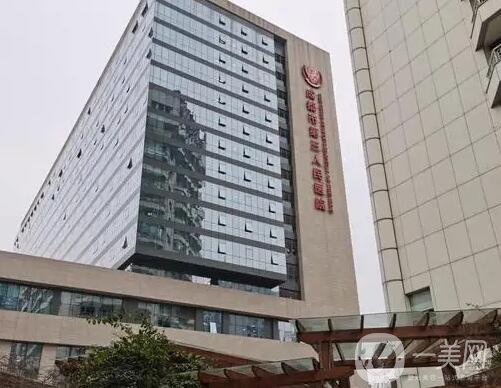
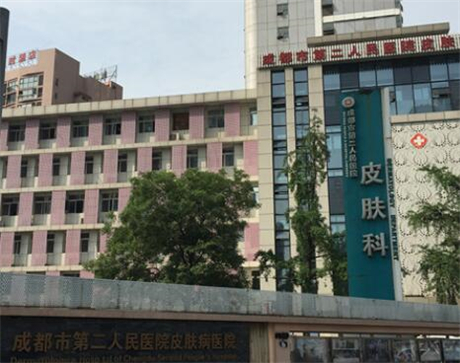

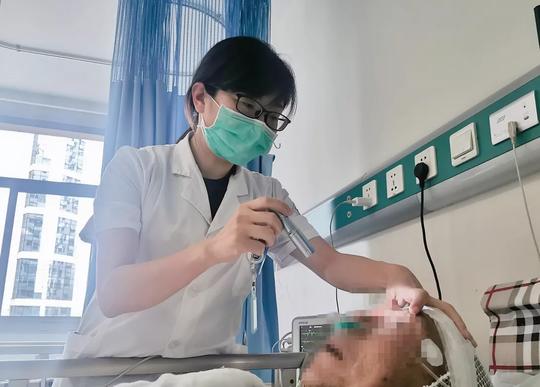
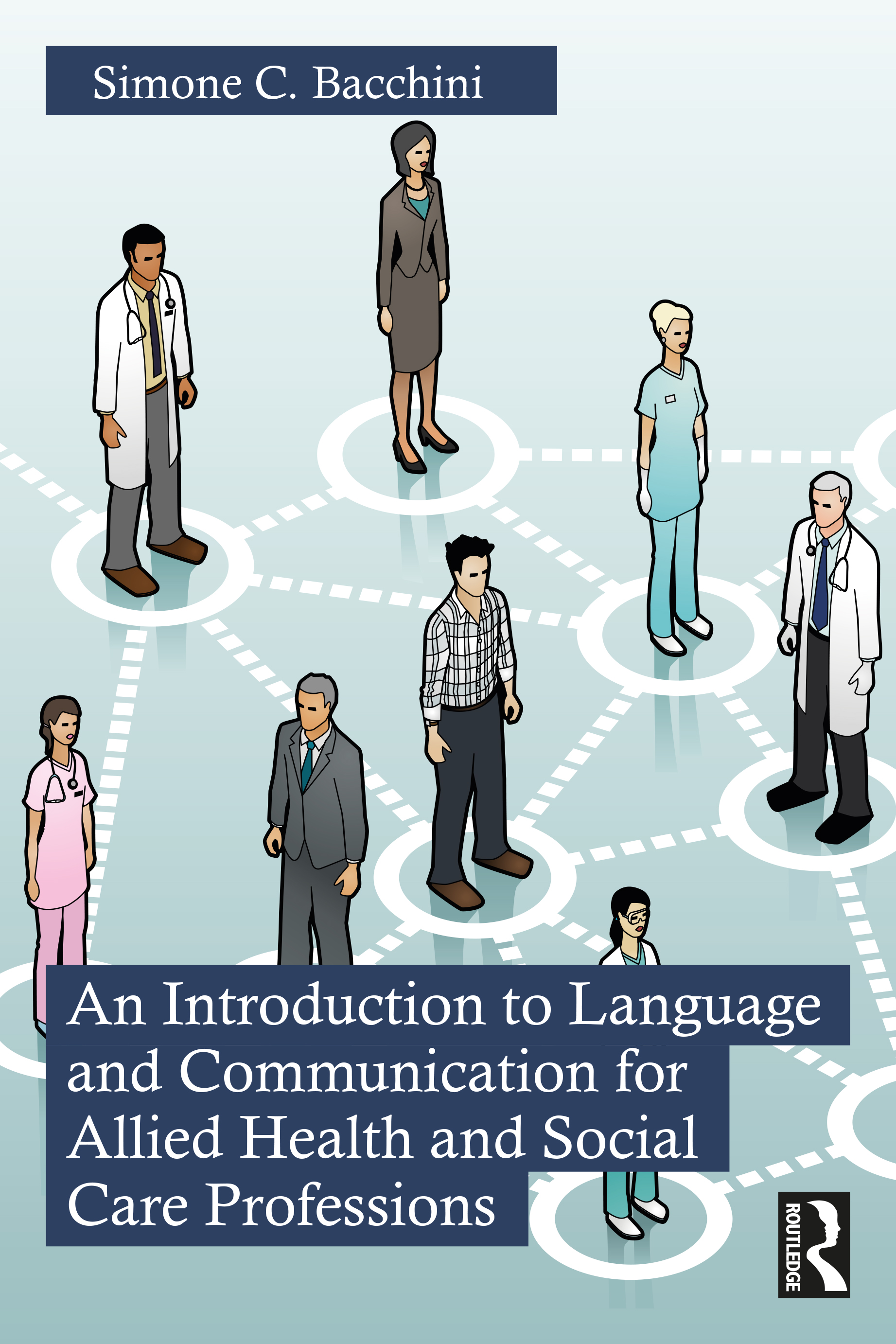

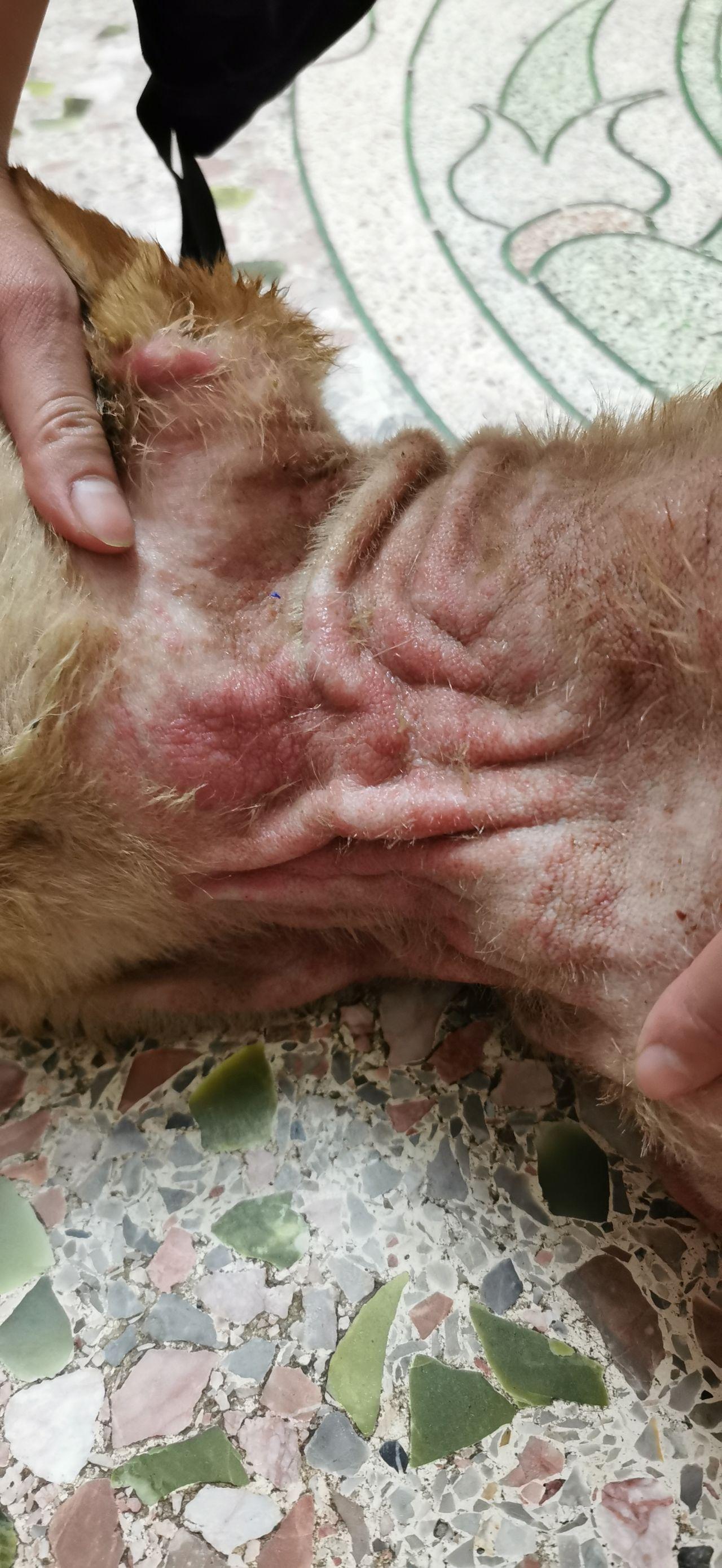







 京公网安备11000000000001号
京公网安备11000000000001号 京ICP备11000001号
京ICP备11000001号
还没有评论,来说两句吧...